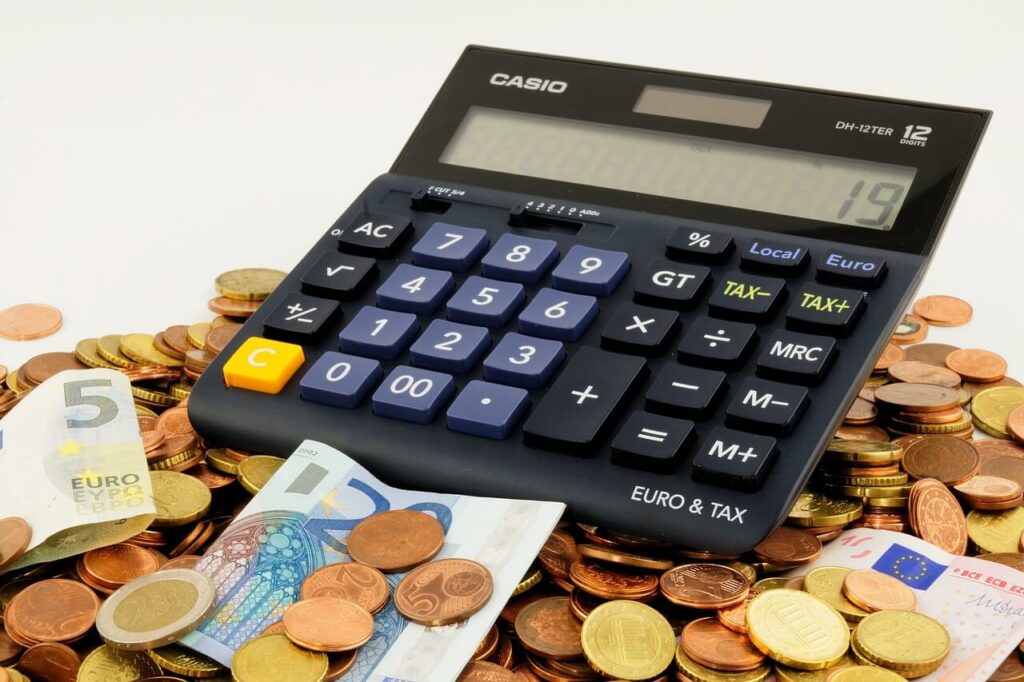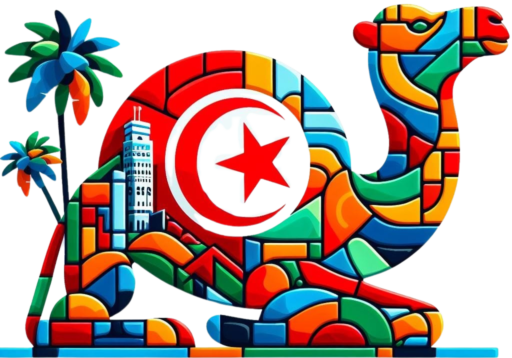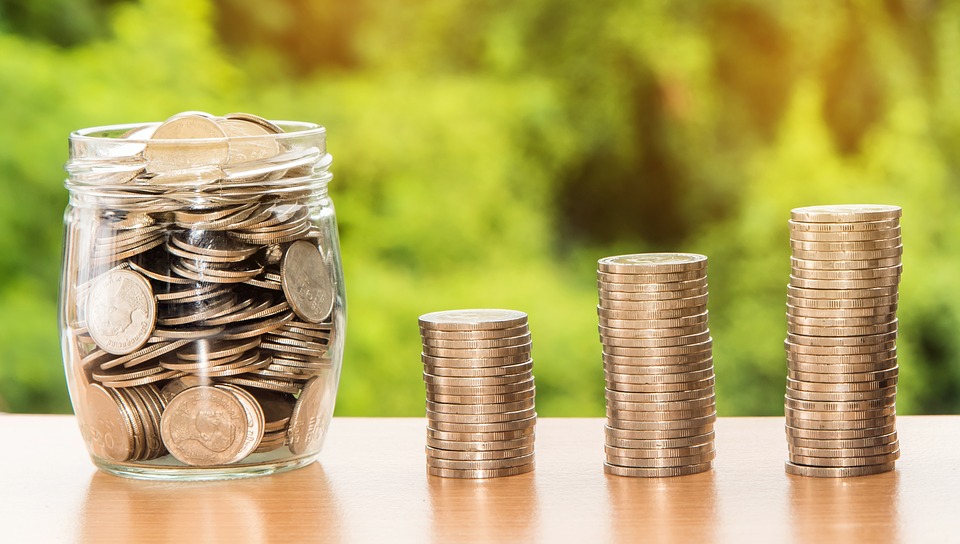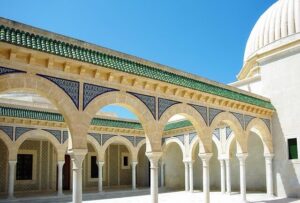When arriving in Tunisia, one of the first things to consider is how to manage the local currency, the Tunisian Dinar. In this guide, we’ll explore everything you need to know about the Euro to Tunisian Dinar exchange**, including the best methods and locations for exchanging currency, the meaning and history of the Tunisian currency, and how to keep track of real-time exchange rates.
Table of Contents
- Currency in Tunisia: The Tunisian Dinar
- History of the Tunisian Dinar
- Euro to Tunisian Dinar Exchange Rate
- Where to Exchange Euros for Dinars in Tunisia
- Real-Time Euro-Dinar Exchange Rate
Currency in Tunisia: The Tunisian Dinar
The official currency of Tunisia is the Tunisian Dinar (TND) or (GT). Banknotes of various denominations (5, 10, 20, 30 and 50 dinars) and coins of different values (5, 1 and 0.5 dinars and 5, 10, 20, 50, 100 and 200 millim) are in circulation. The dinar is a currency that cannot be imported or exported from the country, so tourists must convert money directly in Tunisia. Changing currency is easy thanks to the numerous ATMs and points that allow access to the local currency. However, it is always advisable to monitor the applied exchange rate to make the most of the conversion from Euro to Dinar. Since this currency cannot circulate outside the country, it is advisable not to change more than necessary, as it will have to be converted back into Euros before departure, often at a less favorable rate than the initial one.
History of the Tunisian Dinar
The Tunisian dinar was first introduced in 1958, only two years after Tunisia gained independence from France. Before the dinar, the official currency was the Tunisian franc. The dinar was initially set at par with the franc, but over time, it became tied to the U.S. dollar, maintaining a rate of 0.42 dinars per dollar until 1971. Over the years, the dinar has undergone fluctuations to adapt to the country’s economic needs, influenced by both international markets and the state of the Tunisian economy. During independence, the currency became a symbol of autonomy and economic development. Today, the dinar continues to represent Tunisian history and sovereignty, maintaining a link with the country’s cultural traditions and reflecting Tunisia’s economic resilience despite fluctuations in its value relative to international currencies.
Euro to Tunisian Dinar Exchange Rate
The exchange rate between the euro and the Tunisian dinar has varied over the years, following economic trends and local inflation. From 2003 to 2019, the value of the dinar relative to the euro progressively declined, going from an exchange rate of 1 euro for 1.50 dinars to around 3.50 dinars per euro in 2019. This shift was driven by various local and global economic factors. Despite these fluctuations, Tunisia has generally maintained a relatively low inflation rate compared to other countries in the region, like Egypt and Morocco. The stability of the dinar reflects Tunisia’s economic management, although in recent years, the exchange rate has shown a steady increase compared to the euro. For those traveling to Tunisia, it is useful to consult online resources to check the current euro to Tunisian dinar exchange rate, allowing for better financial planning and timing of currency exchange.
Where to Exchange Euros for Dinars in Tunisia
In Tunisia, exchanging euros for dinars is simple, thanks to numerous exchange offices. In the capital, Tunis, there are many options, both in banks and shopping centers. It is advisable to compare exchange rates in various locations to find the most favorable. For those arriving at the airport, currency exchange offices are open 24/7, though they often offer less favorable rates than in-city offices. Many tourists prefer to exchange a small amount at the airport, enough for transportation and initial expenses, and complete the currency exchange in main urban centers for shopping or dining out. Additionally, for convenience, tourists can withdraw dinar cash directly from ATMs. However, it’s always essential to check any fees applied by your bank for international transactions to avoid unexpected costs.
Real-Time Euro-Dinar Exchange Rate
To get the best euro-to-Tunisian dinar exchange rate, it’s recommended to monitor exchange rate fluctuations in real-time using reliable resources such as currency exchange websites and banking apps. Thanks to modern technology, it’s easy to check the current exchange rate and receive instant updates. There are also many online platforms providing daily exchange rates and allowing users to virtually convert amounts between euros and dinars. This service is particularly useful for those planning a trip to Tunisia and wanting an estimate of expenses. Monitoring real-time exchange rates is essential to ensure maximum value from your euros during your trip. Some platforms also allow you to lock in the exchange rate for a limited time, a helpful feature for those looking to budget precisely.
To read more of our articles, click here.
We leave you a little video that will help you do your calculations better, click here.






